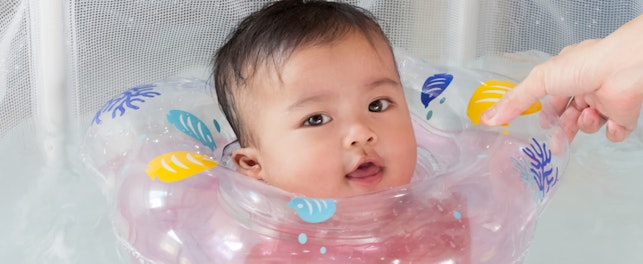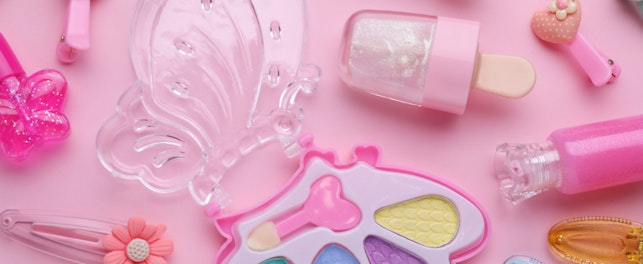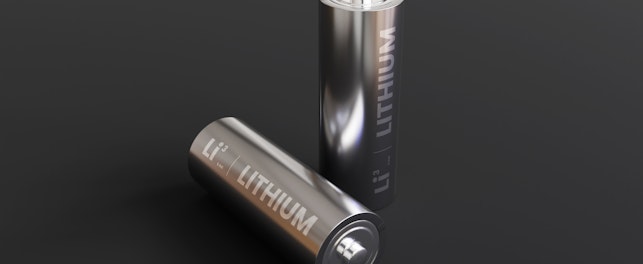The CEN has published toy safety standard EN 71-12:2016 for n-nitrosamines and n-nitrosatable substances. Conflicting national standards are to be withdrawn by June 2017 at the very latest.
In December 2016, the Comité Europeén de Normalisation (CEN, European Committee for Standardization) published [1] EN 71-12:2016, a new standard relating to n-nitrosamines and n-nitrosatable substances in toys. This new standard is now available on a commercial basis at the national standards organizations such as the British Standards Institution (BSI [2]).
EN 71-12:2016 contains a number of important background, editorial and technical changes, which include:
Alignment of language for the definition of ‘finger paint’ for consistency with the language used in EN 71-7:2014 (Finger Paints – Requirements and Test Methods)
The use of a modified definition for ‘elastomer’ from ISO 472:2013 (Plastics – Vocabulary, for better clarity)
The use of porous graphitic carbon (PGC) reversed phase (C18) high performance liquid chromatography (HLPC) columns as an additional option for analysis
A new procedure for the extraction process for toys and parts of toys other than balloons
An additional set of multiple reaction monitoring-transitions (MRM-transitions) for quantification and identification
An important and notable change in the 2016 version of the standard is the completely new set of four toy categories and their limit values for n-nitrosamines and n-nitrosatable substances in elastomers (Table 1). This includes one set of more stringent limits for elastomers in toys intended for children under 36 months and intended or likely to be placed in the mouth. This set of strengthened limits is stricter than those in the Toy Safety Directive 2009/48/EC (TSD [3]) but identical to those in the German Federal Law for nitrosamines and n-nitrosatable substances [4]. It is also noteworthy that there is still a deviation for Germany’s duration of the migration process for toys made of natural or synthetic rubber designed for children up to 36 months and intended or likely to be placed in the mouth. This is 24 hours rather than 240 ± 5 minutes as specified in EN 71-12:2016 or 240 ± 3 minutes as specified in EN 71-12:2013.
According to EN 71-12:2016, this standard shall be given the status of a national standard by June 2017 and conflicting standards shall be withdrawn by this date at the very latest. This standard is expected to be harmonized under the TSD upon official acceptance by the European Commission (EC) and by publication in the Official Journal of the European Union (OJEU).
Highlights of the requirements for finger paints and elastomers between the 2016 and 2013 versions of EN 71-12 are summarized in Table 1.
| EN 71-12 ‘Safety of Toys: N-nitrosamines and N-nitrosatable Substances’ | ||
|---|---|---|
| Version | 2016 | 2013 |
| Scope |
| |
| Requirement | Finger paints intended for children under 36 months | |
Elastomers: Toys intended for children under 36 months and not covered by above Toys intended for children of 36 months and older and intended to be placed into the mouth Balloons | Elastomers intended for children under 36 months or in other toys or parts of toys intended to be placed in the mouth | |
| Effective date for demonstrating presumption of conformity with the TSD | Expected to be cited in the OJEU (Becomes a national standard by June 2017 and conflicting national standards to be withdrawn by June 2017 at the very latest) | June 2013 [5] |
Note German Consumer Goods Ordinance (Bedarfsgegenständeverordnung [6], BedGgstV, 1992)
| ||
Throughout our global network, SGS offers consultation and comprehensive testing services (physical/mechanical, chemical, flammability, electrical safety, etc.) covering the full spectrum of international product safety and regulatory standards for a wide range of toys. Our laboratories are internationally recognized by major industry associations, accreditation bodies and authorities. With the largest global network of toy experts and testing facilities around the world (including 3 EU Notified Bodies and about 40 CPSC-Accepted Testing Laboratories), SGS is the partner to trust. Please do not hesitate to contact us for further information or www.sgs.com/toys
For enquiries, please contact:
Hing Wo Tsang
Global Toys and Juvenile Products
t: +852 2774 7420
Stay on top of regulatory changes within your industry: subscribe to SafeGuardS!
© SGS Group Management SA - 2016 - All rights reserved - SGS is a registered trademark of SGS Group Management SA. This is a publication of SGS, except for 3rd parties’ contents submitted or licensed for use by SGS. SGS neither endorses nor disapproves said 3rd parties contents. This publication is intended to provide technical information and shall not be considered an exhaustive treatment of any subject treated. It is strictly educational and does not replace any legal requirements or applicable regulations. It is not intended to constitute consulting or professional advice. The information contained herein is provided “as is” and SGS does not warrant that it will be error-free or will meet any particular criteria of performance or quality. Do not quote or refer any information herein without SGS’s prior written consent.


